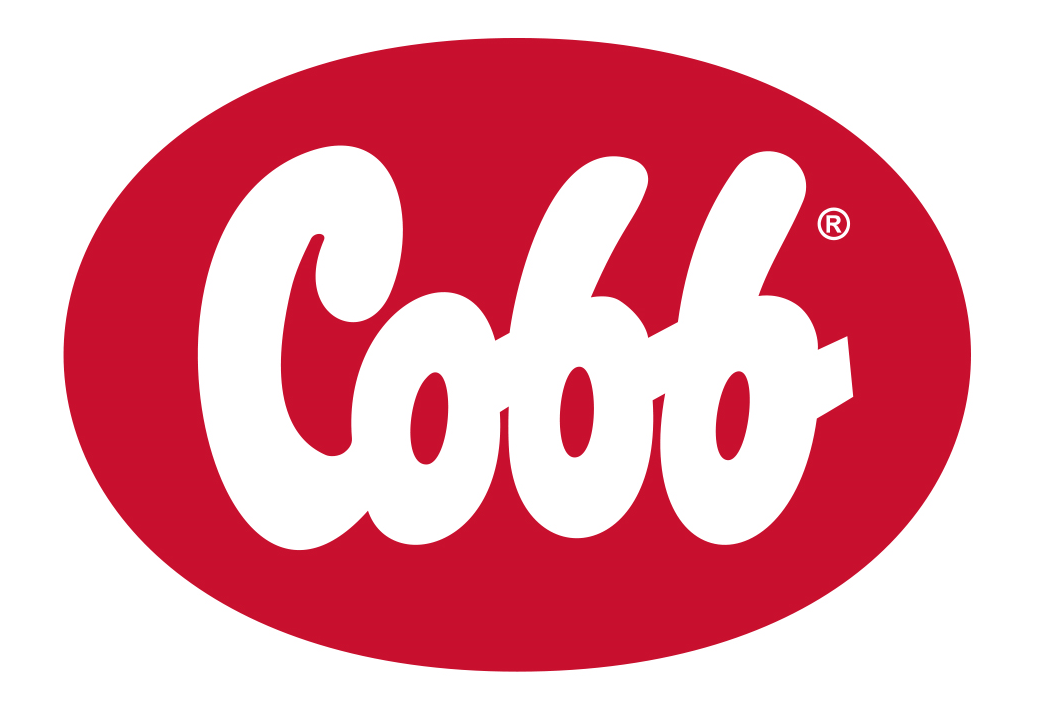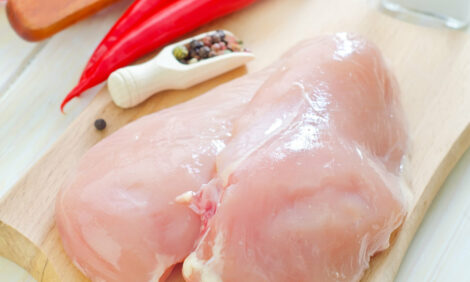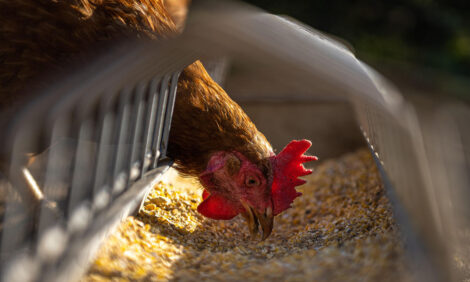



Cobb Breeder Management Guide: Water sources
Learn more about water sources and their risk to your flockPart of Series:
< Previous Article in Series Next Article in Series >
Editor's note: This article is an excerpt from the Cobb Breeder Management Guide and additional articles will follow. The Guide was designed to highlight critical factors that are most likely to influence flock performance. The management recommendations discussed were developed specifically for Cobb products. The recommendations are intended as a reference and supplement to your own flock management skills so that you can apply your knowledge and judgement to obtain consistently good results with the Cobb family of products. To read or download the complete Guide or to view Cobb's other management guides, click here.
Water is often the forgotten nutrient, yet it's a critical component to the health and growth of poultry. It plays an important role in regulating body temperature, food digestion and waste elimination. Taste and temperature impact water intake as well as lighting. In natural lighting, water consumption peaks at dawn and dusk. The water source can also be a factor in quality and consumption. Be sure to test your water source to determine the pH level.
City water supplies
Due to location, many farms may not have access to water mains or city water supplies. Water sourced from city mains is generally treated and sanitized and is the most biosecure water for poultry. On occasion, city water supplies have had high levels of bacteria from events such as heavy rains, line breakage, or ground water seeping into the system. Therefore, producers should regularly test the water to confirm minimum water quality standards (see section on water quality Chapter 7). Although the water is sanitized at the source, producers should treat their water systems to control biofilm and other buildup in water systems.
Keep in mind that some water authorities may limit water accessibility in terms of flow rates from the water main. Producers should be aware of any limitations and have access to additional water storage in the event of high demand.
Well and underground water
Well water suitability is usually based on location. It is considered a very low risk for avian pathogens. However, run-off events and heavy rains can contaminate these water sources with bacteria including E. coli. Salinity and high mineral content (hardness) can be issues with ground water and regular testing and treatment should be done to correct any water quality issues. In some cases, water availability may vary by season requiring water to be pumped into storage tanks. These storage tanks should be closed and the water tested regularly for contamination.
Surface water
Surface water including lakes, streams, ponds and rivers are the highest risk for sources of avian pathogens, including Avian Influenza. These water sources provide habitats to waterfowl and should never be used as water sources for poultry farms.
Alternative water sources (rain, transported, recycled)
To evaluate the biosecurity risk of alternative water sources, identify the primary source. For example, water trucked from a city water supply should be sanitary. However, the water should be tested to ensure that it was not contaminated when the truck was filled as well as by other horizontal contact such as personnel movements.













